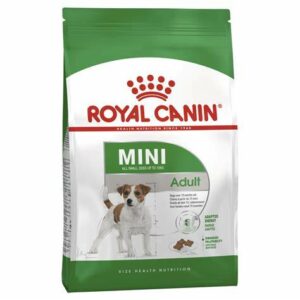Focus on Carnivorous Plants
DIY and how-to

Focus on Carnivorous Plants
Carnivorous plants are plants that trap, kill and digest insects, or sometimes larger prey, in order to gain much needed nutrients, such as nitrogen, from the surrounds.
These plants always come from geographical areas that for one reason or another have little in the way of nutrient in the soil. The usual reason for the lack of nutrients, is also something that is common to most plants in this family – they are found in areas that are very wet.
Venus flytraps and Trumpet pitcher plants, come from wet, boggy areas within the United States (where they are endemic) and since the water in these bogs has a very high acid content, it locks up any nitrogen present in the already nutrient poor peat soil.
Carnivorous plants have six basic trapping mechanisms :
- Adhesive – The simplest trapping mechanism is the adhesive trap. The flypaper-like leaves of Pinguicula have specialized short stalked glands that secrete a sticky mucilage that traps small creatures. The glands are stalked so the leaf itself doesn’t smother in slime while it waits for a prey. The adhesive trap leaves with tentacles are similar in function to the flypaper-like leaves except tentacles provide a longer grasp to snag any passer-by.
- Pitfall – Pitfall traps are leaves modified into pit-like structures. The Bromeliad carnivores (Brocchinia and Catopsis) are the simplest pitfall traps where the base of the whorl of leaves seal to form a cup to catch water. Prey slip down the leaves into the pool at the base and drown. The traps may have nectar, bright colours, or a flower-like scent to attract prey. The open pool traps have pools of water to drown victims.
- Lobster pot – Darlingtonia and Sarracenia psittacina have a trap similar to the traps used to catch lobsters. A lobster pot has an entrance prey can easily find on the outside and enter but the entrance is difficult to find or exit from the inside. Once inside, if the prey find the entrance or figure it out they can easily leave. Darlingtonia and Sarracenia psittacina have an opening that is dark while the rest of the trap has light coming in through white cells called areoles. Light orienting prey tend not to find entrance and end up in the pitfall or pigeon trap part of the leaf.
- Pigeon traps – Genlisea plants are found in water or water saturated soil. The prey enter the trap by pushing past inward pointing hairs. Once inside the trap they cannot get back out past the hairs. This is the way pigeon traps work except thin metal rods are used instead of hairs.
- Snap traps – The most dramatic trap is the snap trap of Dionaea muscipula and Aldrovanda vesiculosa. A prey moves into the trap, brushes against the trigger hairs, and you see the trap very quickly enclose the prey. Unlike hinged snap traps made by humans, this snap trap bends the halves of the trap to enclose the prey. The trap seals and digests the prey, reopening when it is done.
- Suction traps – In the suction trap on the utricularia, prey brush against trigger hairs connected to the trapdoor. The trap, when “set”, is under negative pressure in relation to its environment so that when the trapdoor is mechanically triggered, the prey, along with the water surrounding it, is swept into the trap. Once the trapis full of water, the door closes again, the whole process taking only ten to fifteen thousandths of a second.
Carnivorous plants usually have bright colors, weird structures, and interesting features, making them fun and educational plants to grow. These plants can be easy to grow, if care is taken to find out where the plant came from, and what conditions a specific species needs, in order to thrive.
You might also like
Shop online
-
- Sale!
MINI ADULT 2KG
- Original price was: R348.99.R279.19Current price is: R279.19.
- Add to cart Learn More




